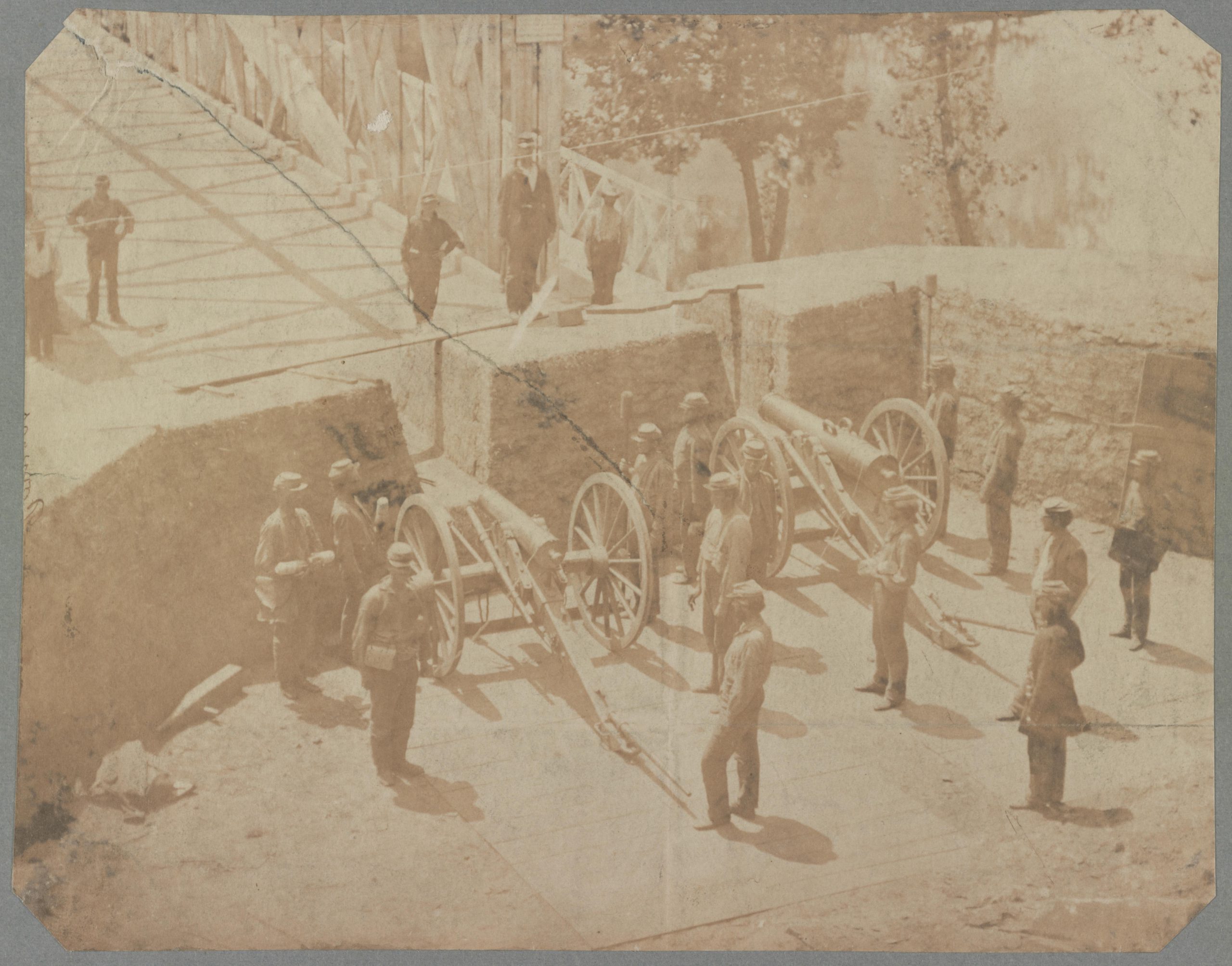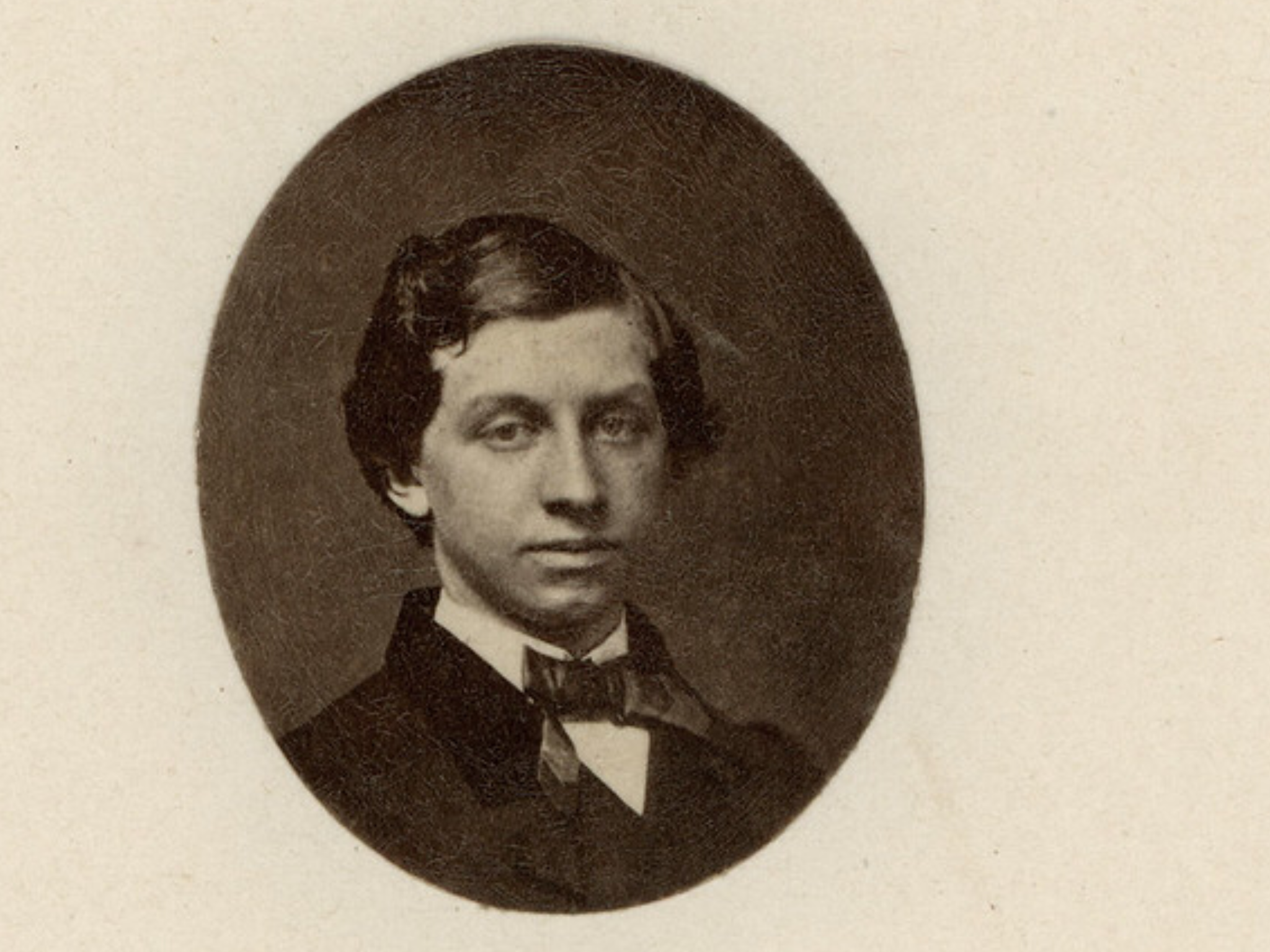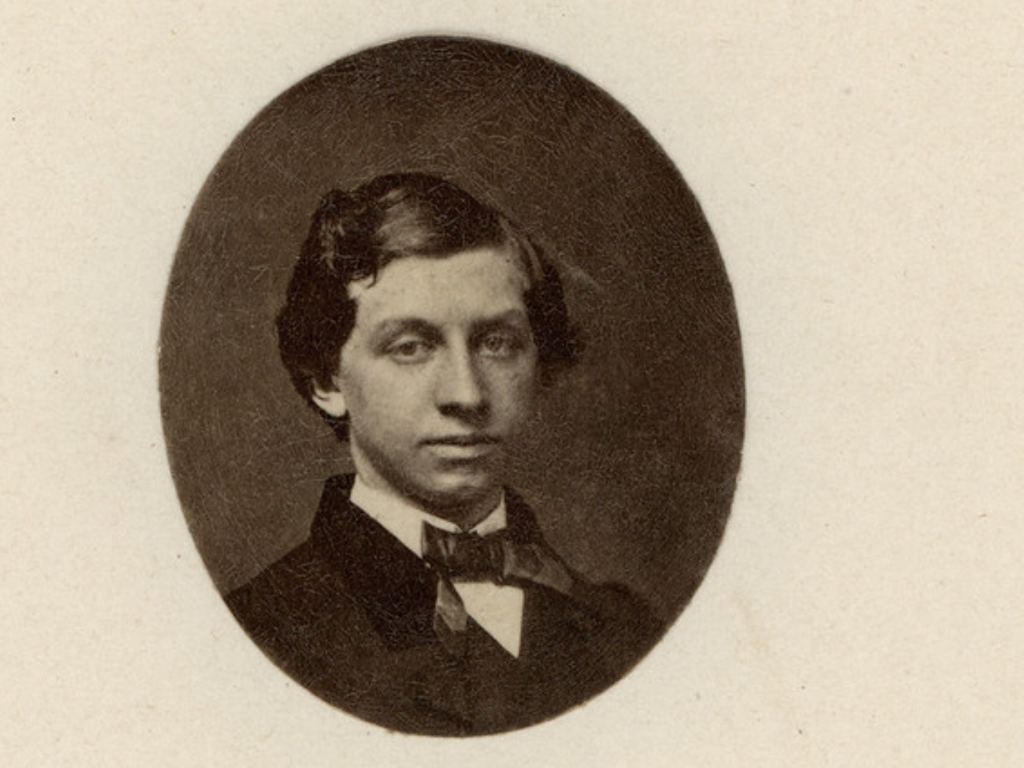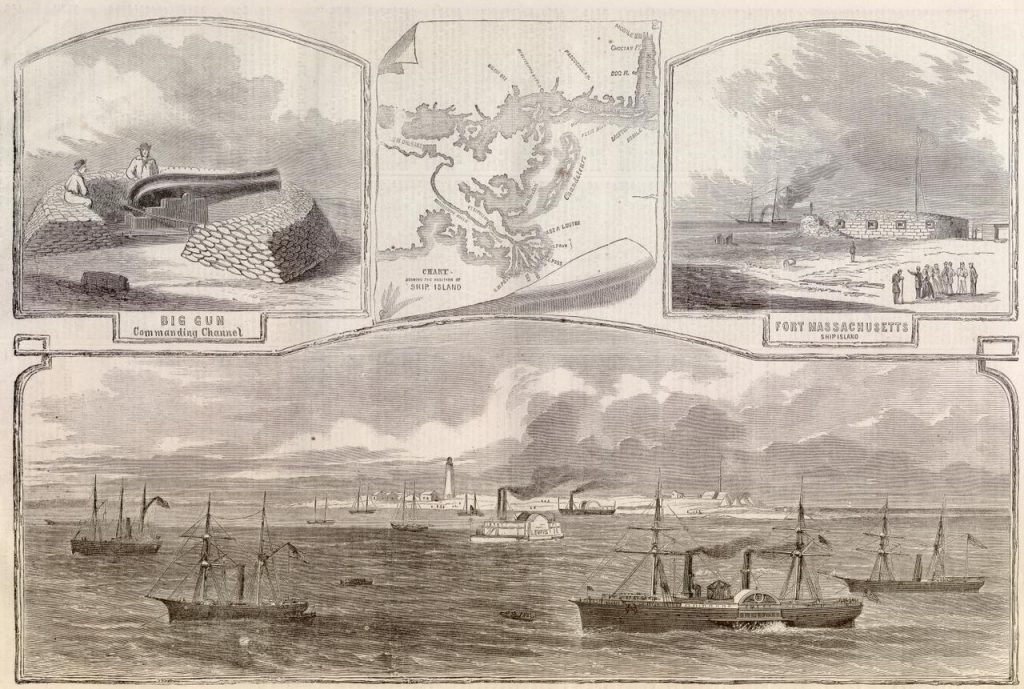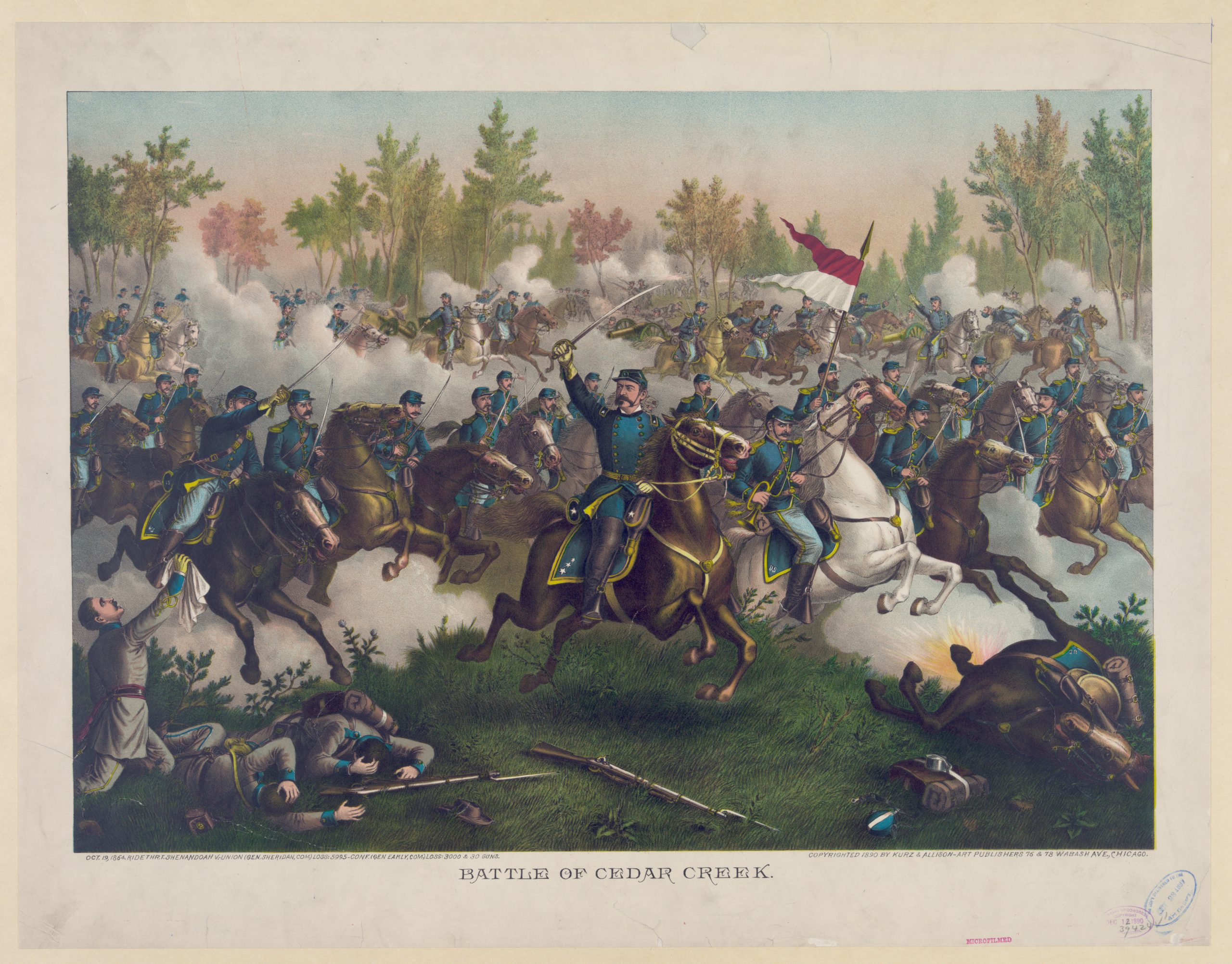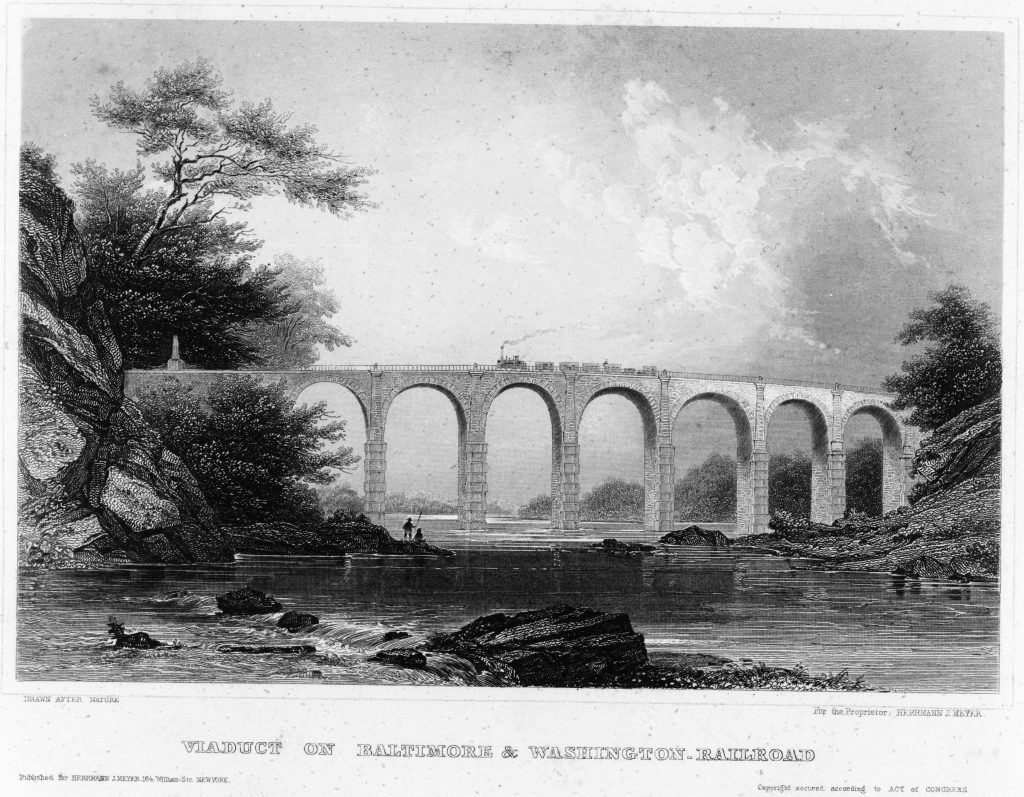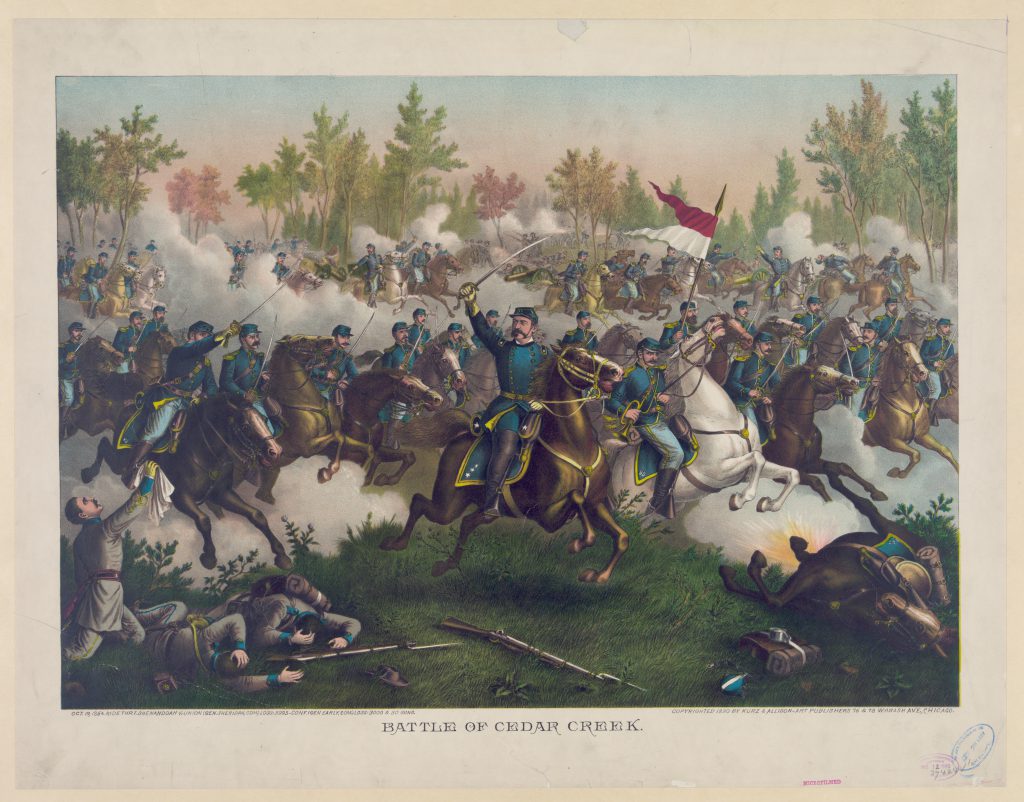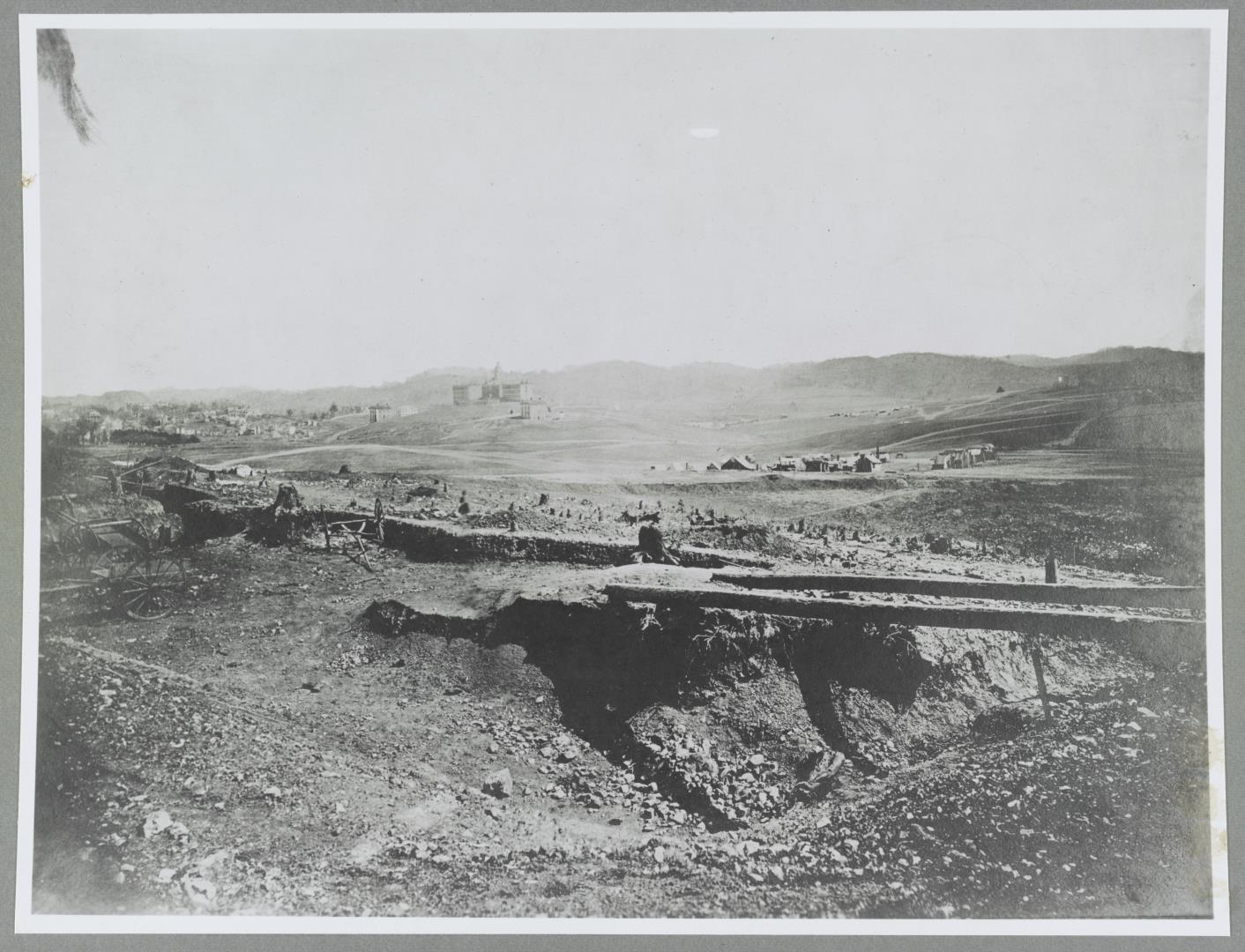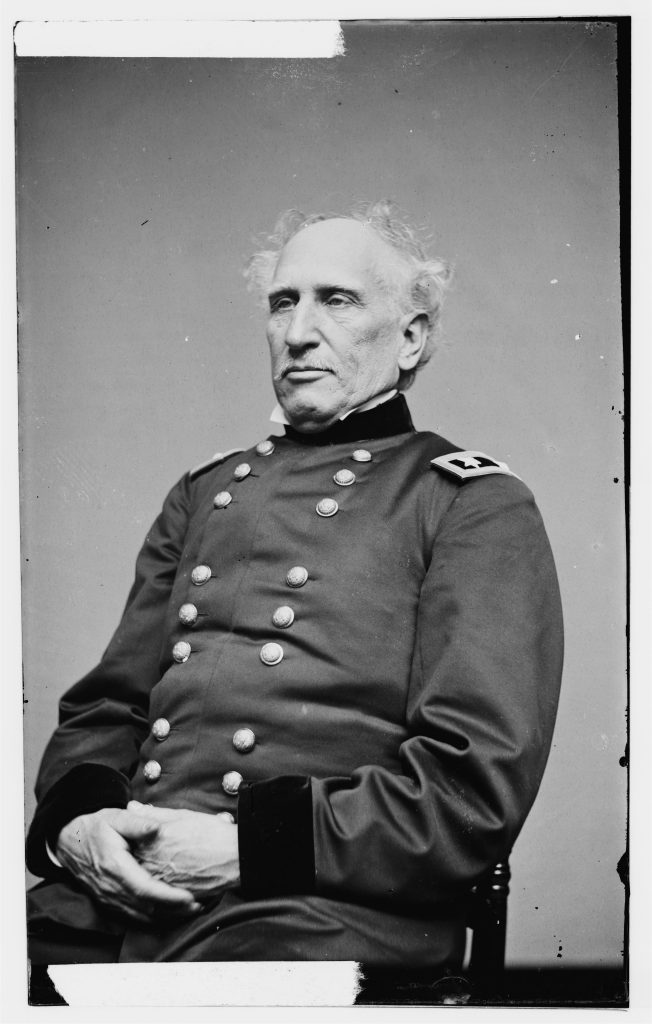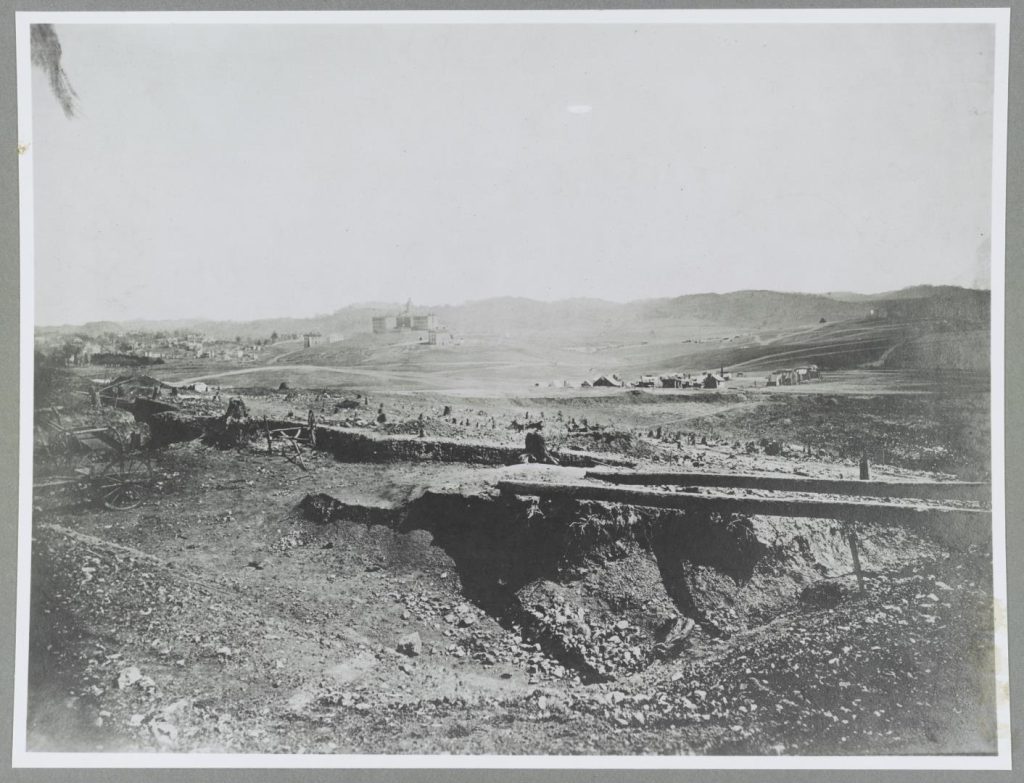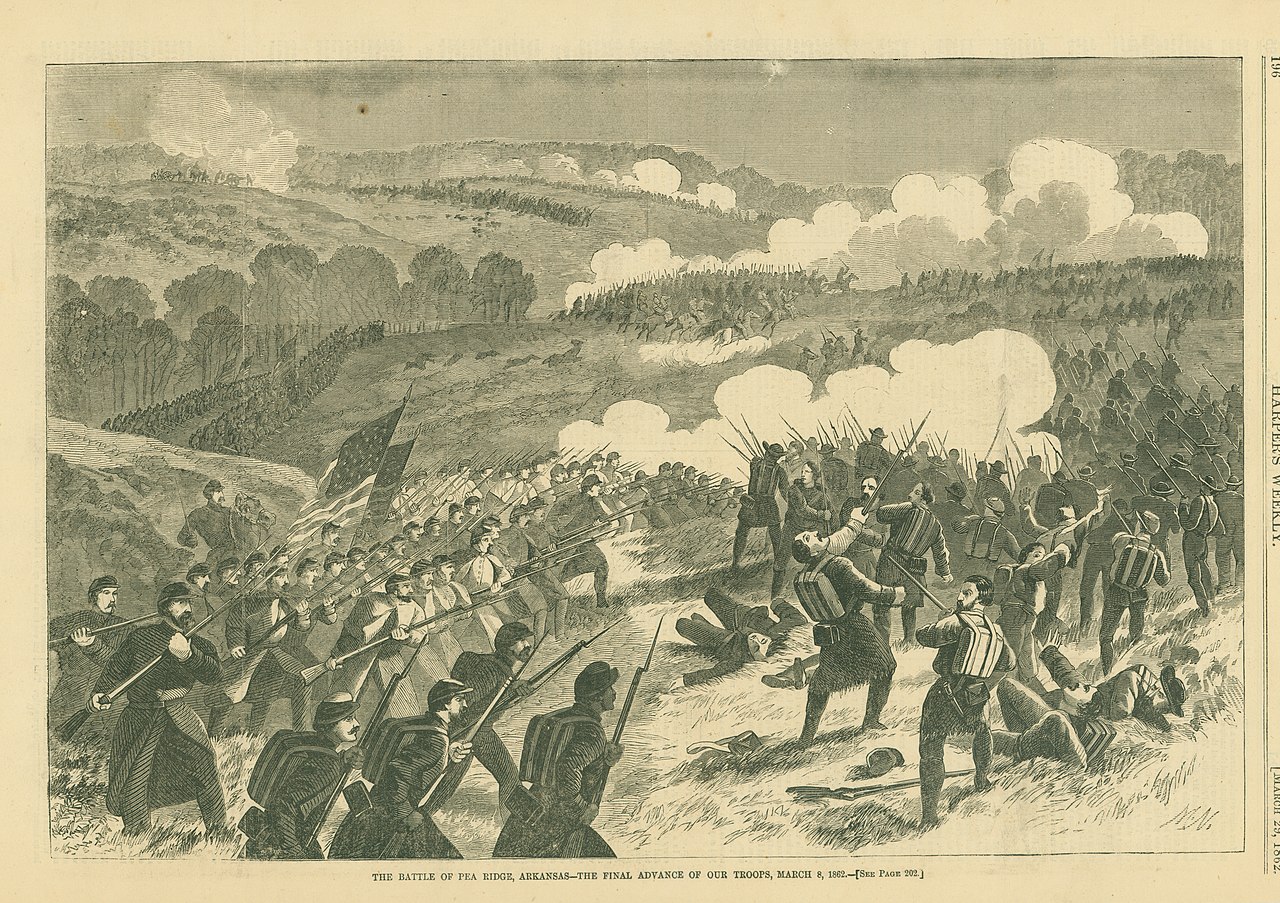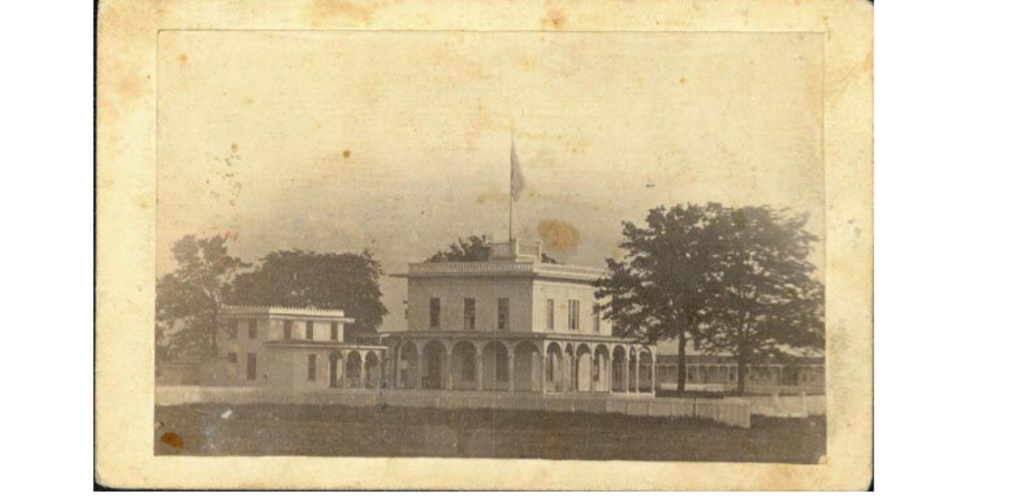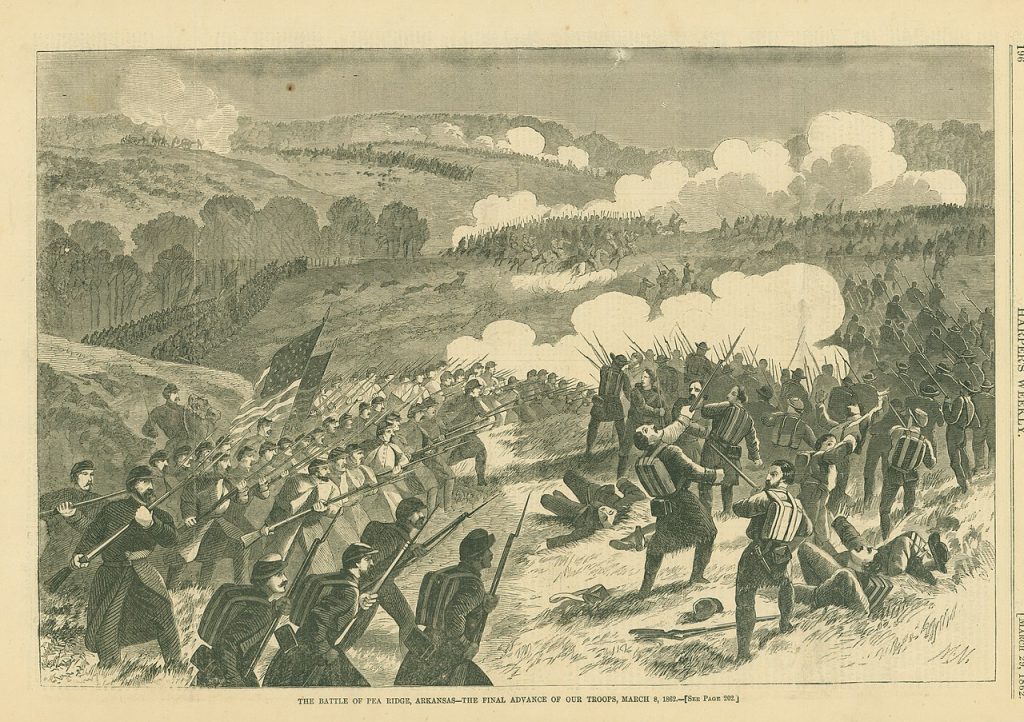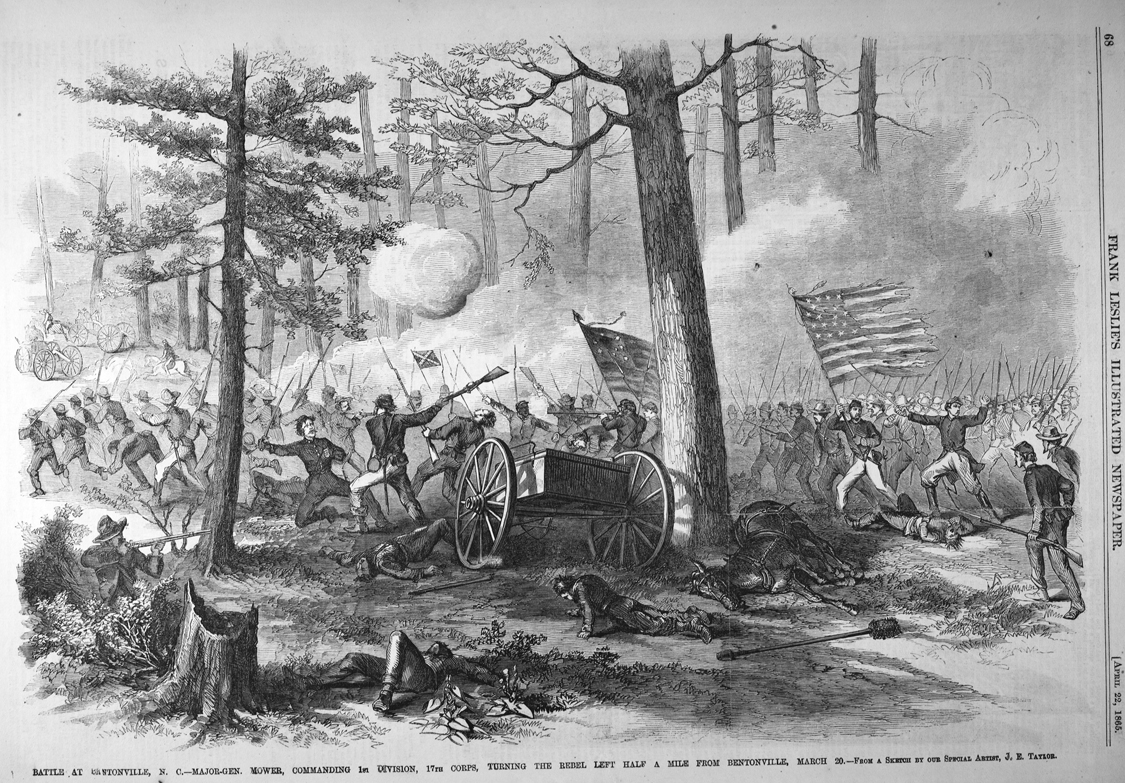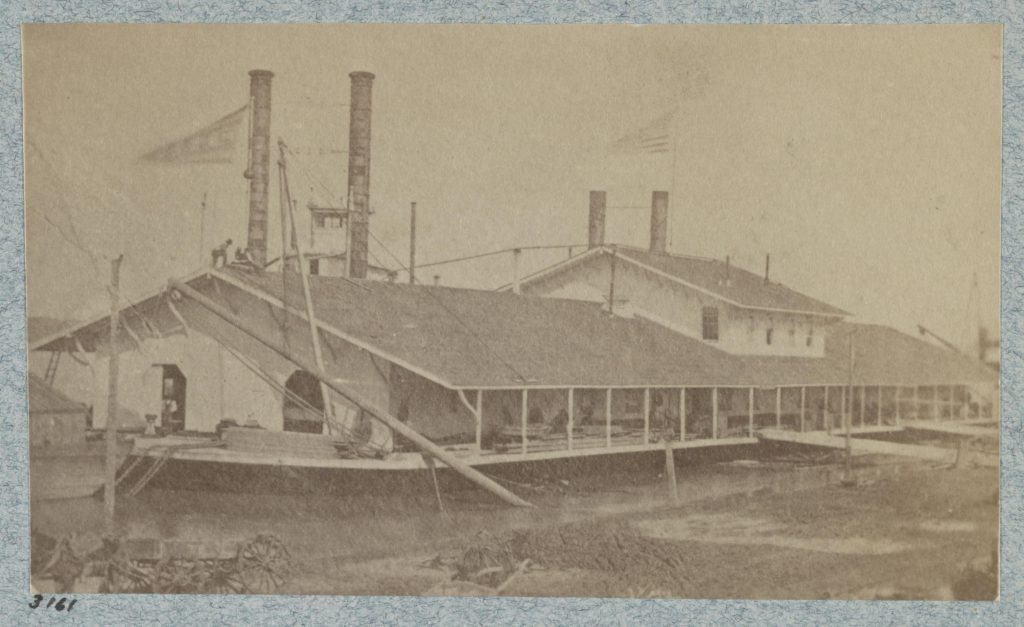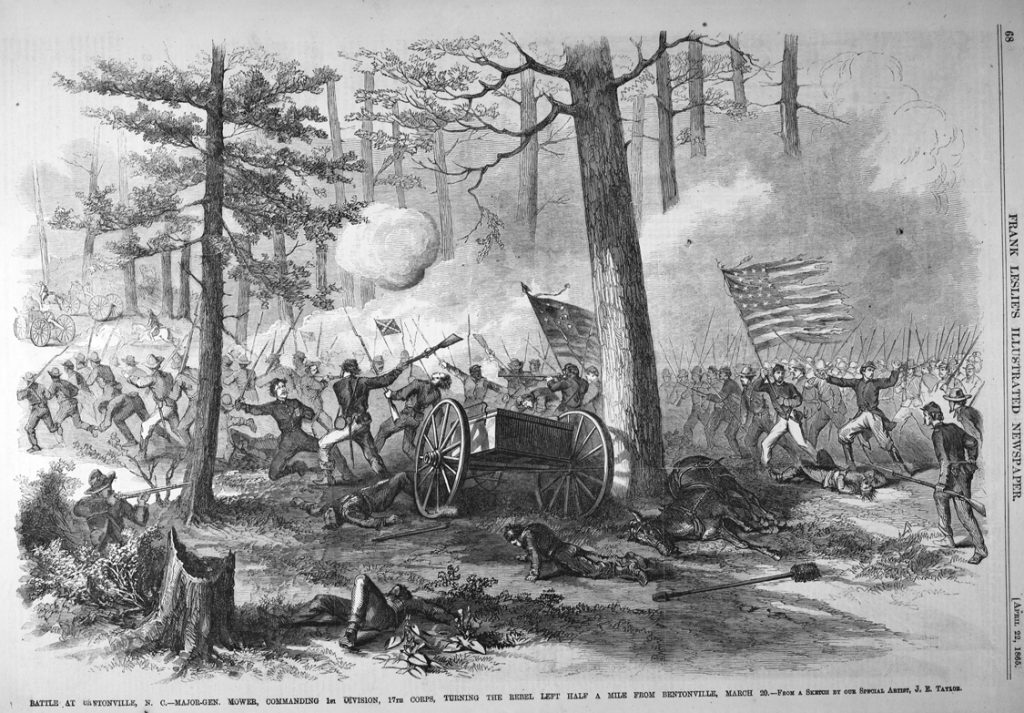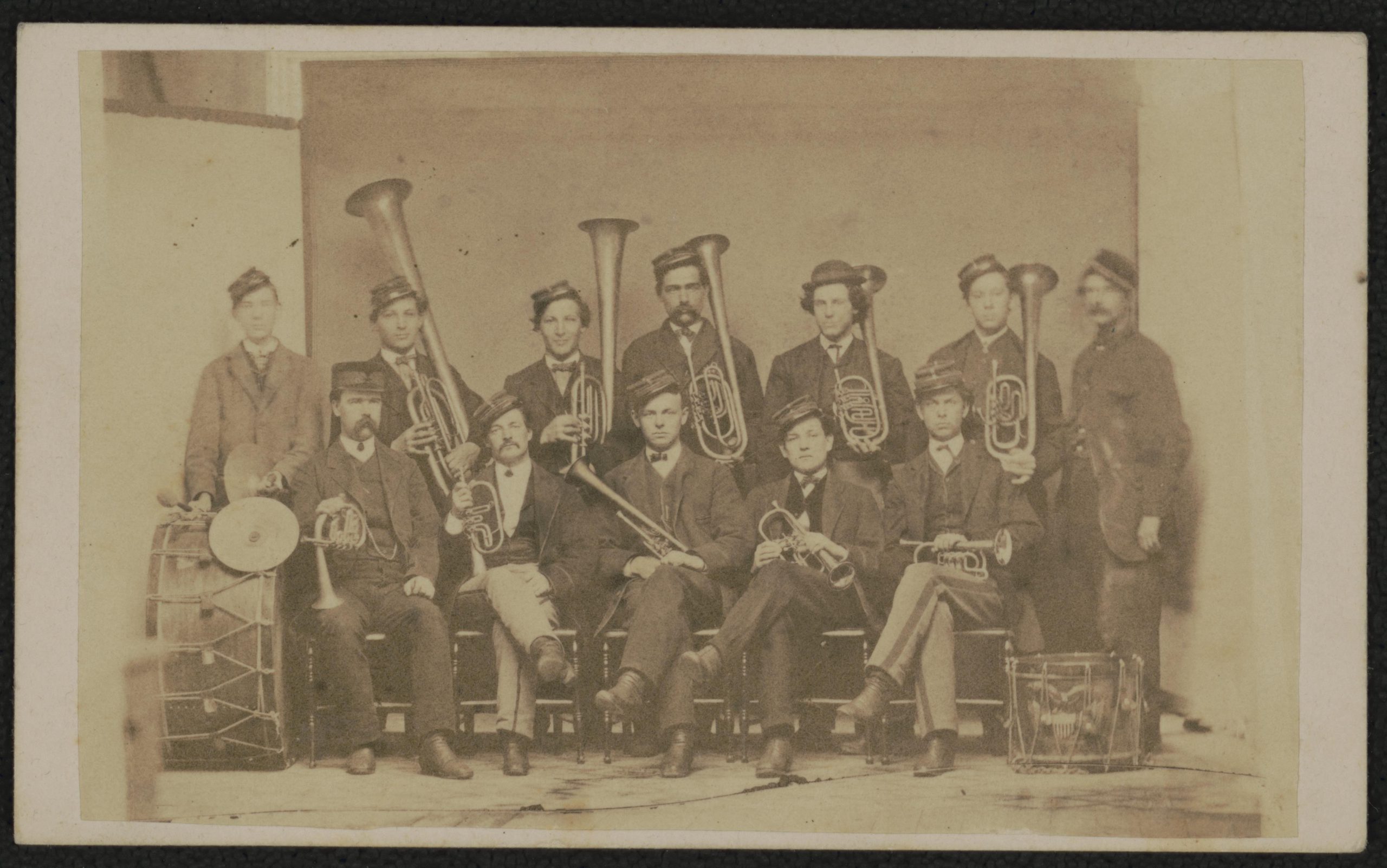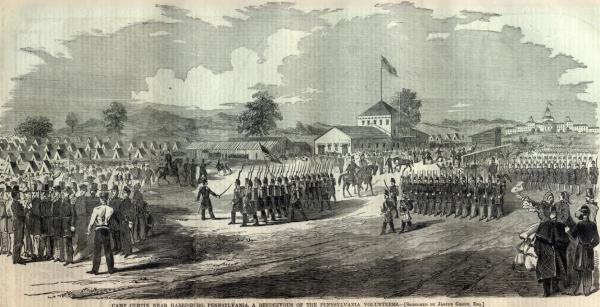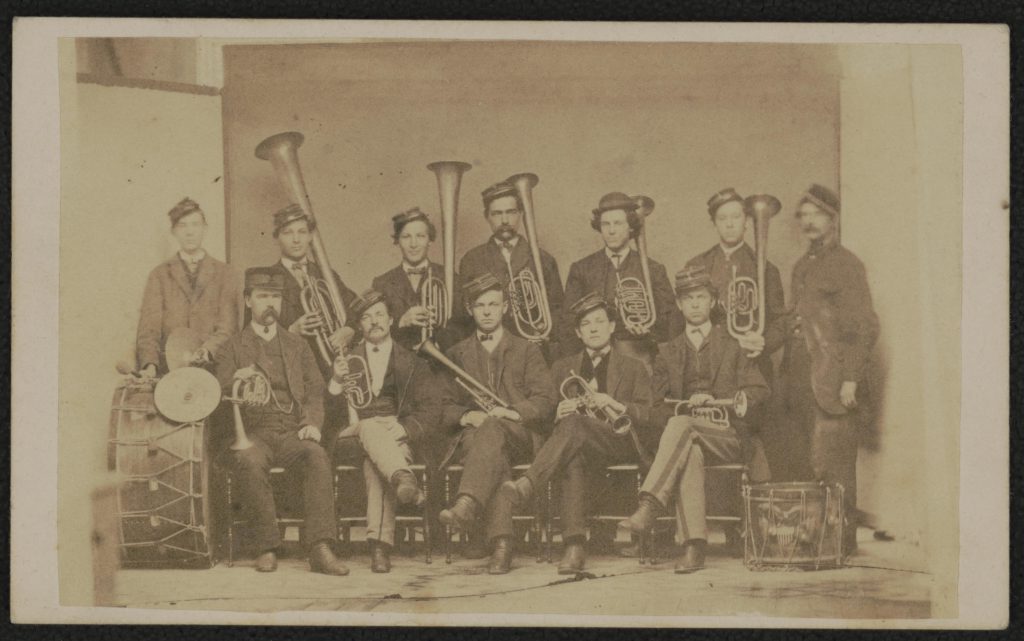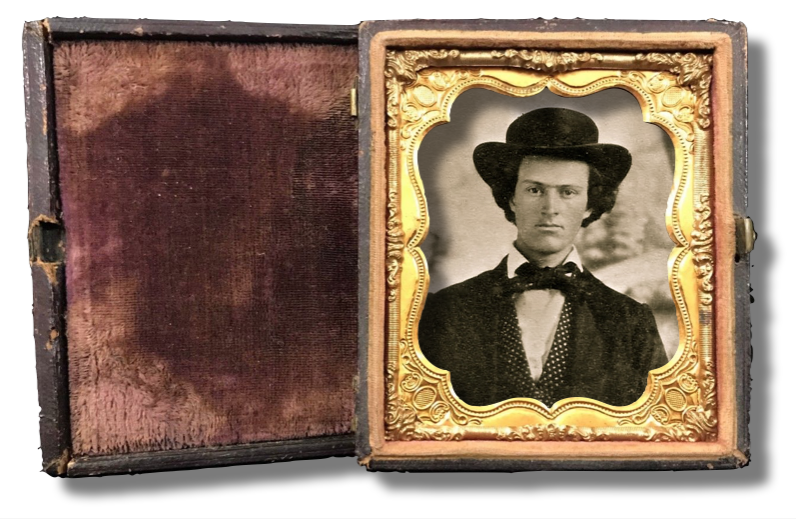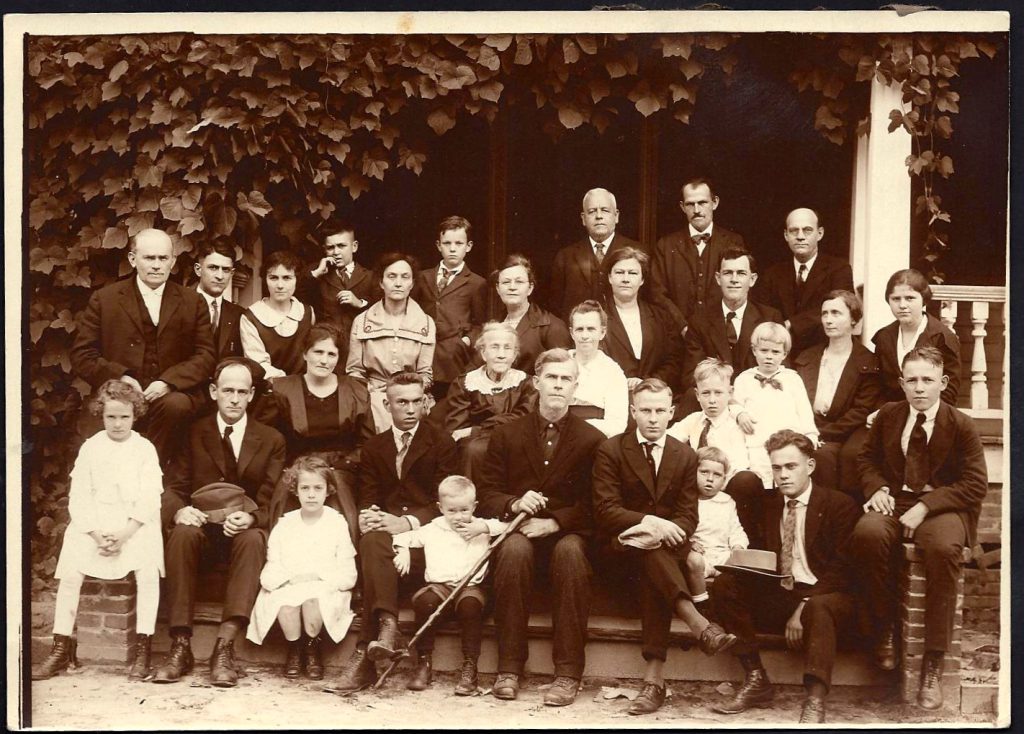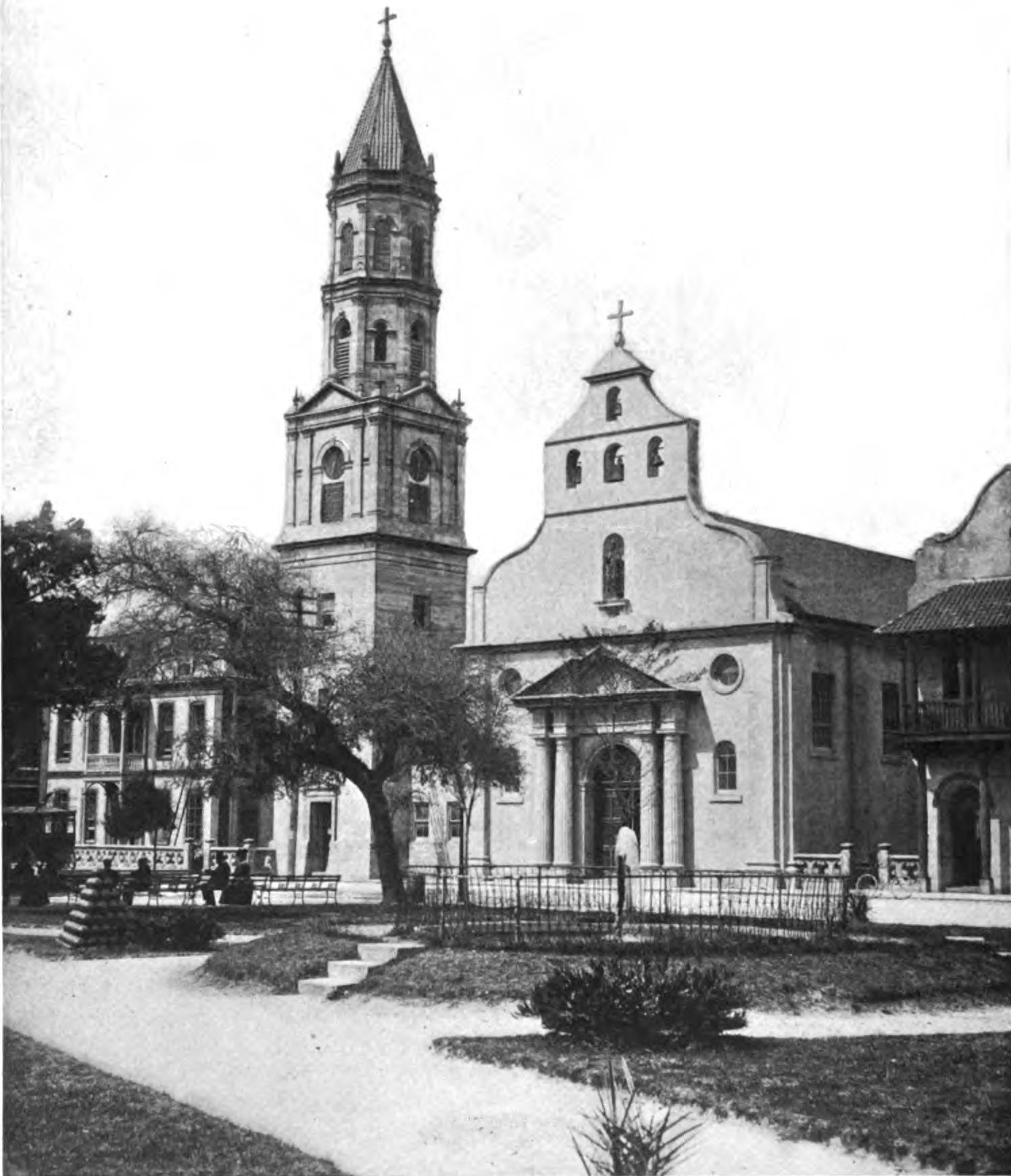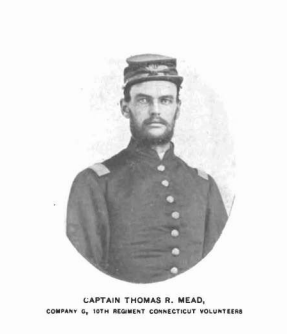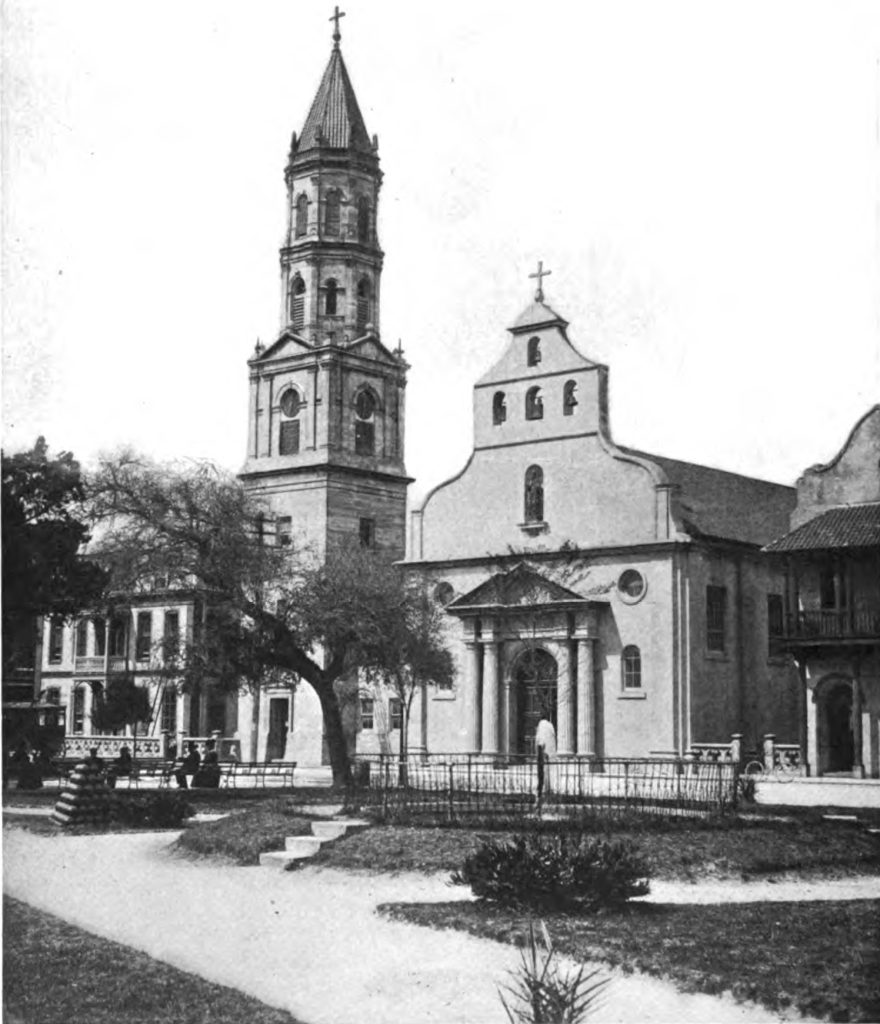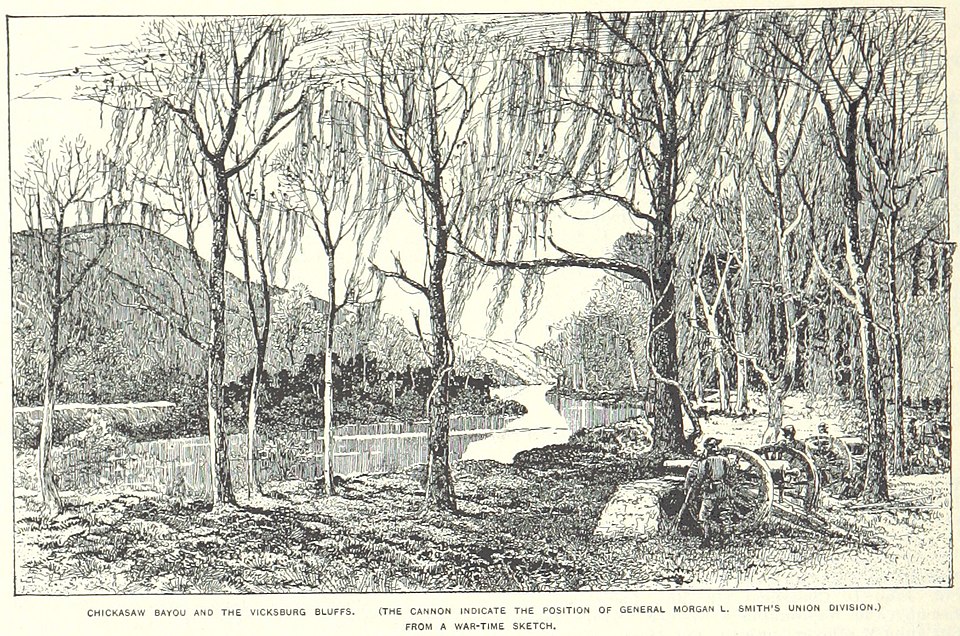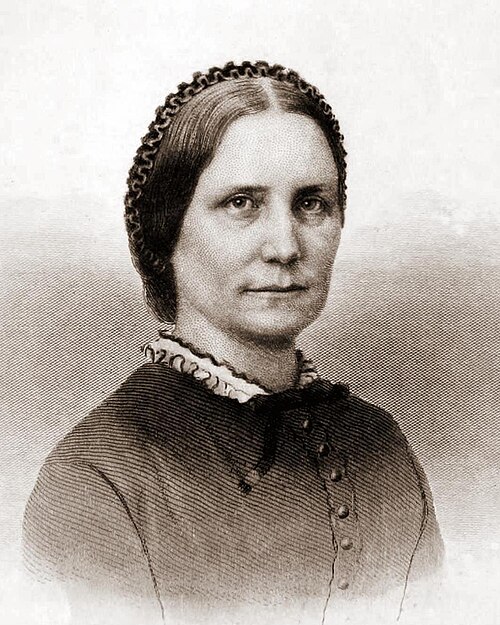Cornelius Van Houten was born in 1841 to Ruliff “Ralph” Van Houten and Catherine (Van Wagoner) Van Houten of Pompton Plains, New Jersey. Before the war he had campaigned for Abraham Lincoln, and in September, 1861, he enlisted in Battery B of the 1st New Jersey Light Artillery.
In the early months of his service, Cornelius Van Houten’s duties were most concerned with drilling. Each man had to learn very specific duties in order to load and fire the artillery pieces correctly and efficiently. Still, by November, 1861, he felt he was getting the hang of things and wrote to his mother in a letter dated November 8, 1861.
“This is the first opportunity I have had for writing to you. You must forgive me. We have been so busy getting our guns, horses, and everything, but now we have everything ready for action. We are drilling our best but don’t drill so very hard. We only have to drill three hours a day. It was a great deal harder work to get ready.”
Cornelius Van Houten and the Potomac
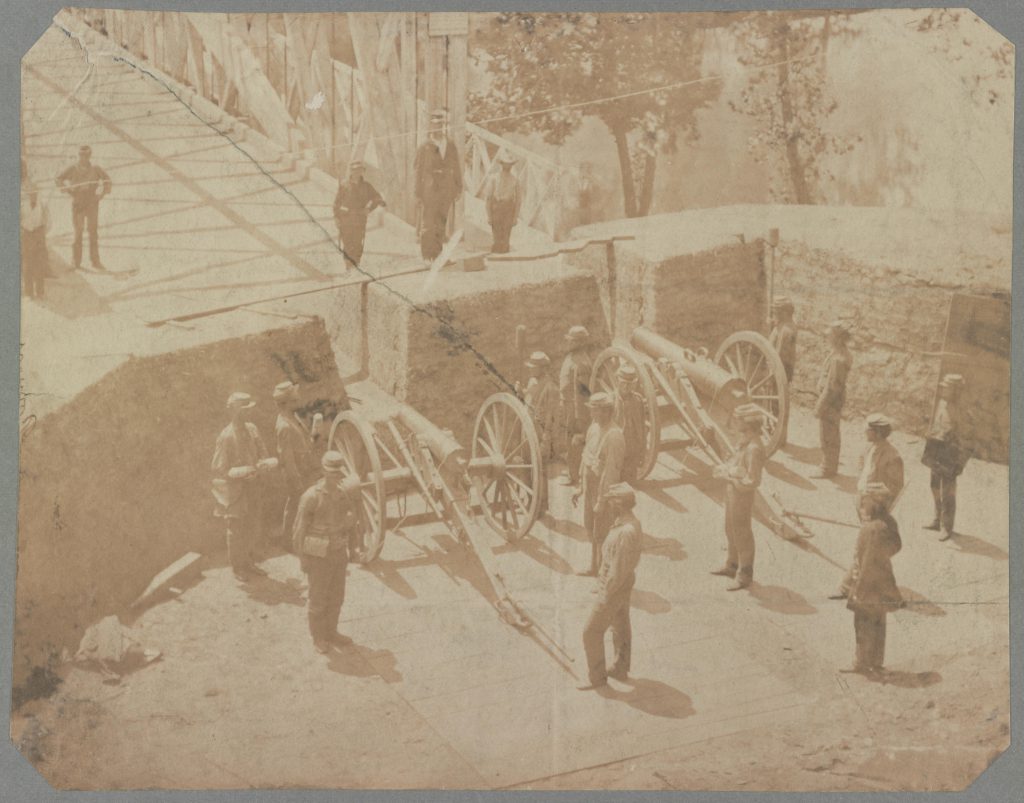
In a letter dated November 24, 1861, Cornelius Van Houten wrote home about his impressions of the Potomac River, which his father had evidently requested a description of.
“You wanted me to tell you how the Potomac is. I cannot say much about it for I have not seen much of it. But what I have seen of it, it is on one side very smooth and level. That is on the side next to Washington. And on the other [side] it is rocky and very broken. The river is not very deep but it is a wide one. The water is very muddy and so is all the little creeks and brooks. The water is very much tainted with lime. When I first drank it, it tasted very bad and gave me the dysentery pretty bad. But I soon got used to it. I don’t mind it at all now. It tastes as good as any other.”
Bad water and dysentery were common themes throughout Cornelius Van Houten’s service due to the frequently poor conditions of life in the field. In October, 1862, he was hospitalized in Newport News, Virginia, but hoped to return to his battery soon.
“Dr. J.G. Ryerson says I must not go yet for he thinks I am hardly fit for duty yet. But if I stay here much longer, the boys in the Battery will call me a “Dead beat”—a term very often used by our soldiers if anyone plays off so I intend to return as soon as possible. He thinks that if I would stay here a couple of weeks longer, I could get to go north but the chances are so slim I hardly think I will make it out, and if I should stay and not get home, I should miss this great battle which is about to take place. That you would not like to see me lying here idle while the rest of my countrymen are fighting hard and winning glory, honor and fame. I came here to fight and not to be in the hospital and since I have been out here, I have learned to bear trials and disappointments and I think if ever I return once more to duty, you will never hear of anymore complaints.”
New Recruits in the 1st New Jersey Light Artillery
By early February, 1864, the Battery B of the 1st New Jersey Light Artillery had taken on quite a number of new recruits. For the men like Cornelius Van Houten who had already served two and half years, these new men proved to be source of both pity and amusement. In a letter written on February 1, 1864, Cornelius Van Houten told his father about the recent death of a new recruit, brought on by indulging in too much whiskey from the sutler.
“There has been three deaths since I left here and once since. They are all new recruits. Most of them die by overloading their stomachs with army food. One, I believe, died from the effects of drinking too much sutler’s whiskey. It is nothing but poison. I wouldn’t touch one drop of it for fear it would kill me.”
After spending most of the time in winter quarters with actual bunks, the new recruits had to adjust to sleeping out in the field. On March 3, 1864, Cornelius Van Houten wrote about a five day reconnaissance some of the men of his battery went on, and the difficult time the new recruits had.
“The second night we were out it rained and it was very muddy. We had to build large fires and make beds of rails which did not sleep very comfortable—especially for the new men. We done well enough though. But the third night we were out it rained and snowed both and we all got wet through. It made a very bad time. But Clark’s Battery is never discouraged. We made a very large fire and sat around it all night singing and making all the fun imaginable of the new recruits who went around shivering and cursing everything and everybody. They thought it a pretty severe initiation but we are all now back to camp and I don’t know as there is any bones broke—at least there is none in our division unless it is some chicken bones that we captured while we were out.”
Spotsylvania Court House and The Wilderness
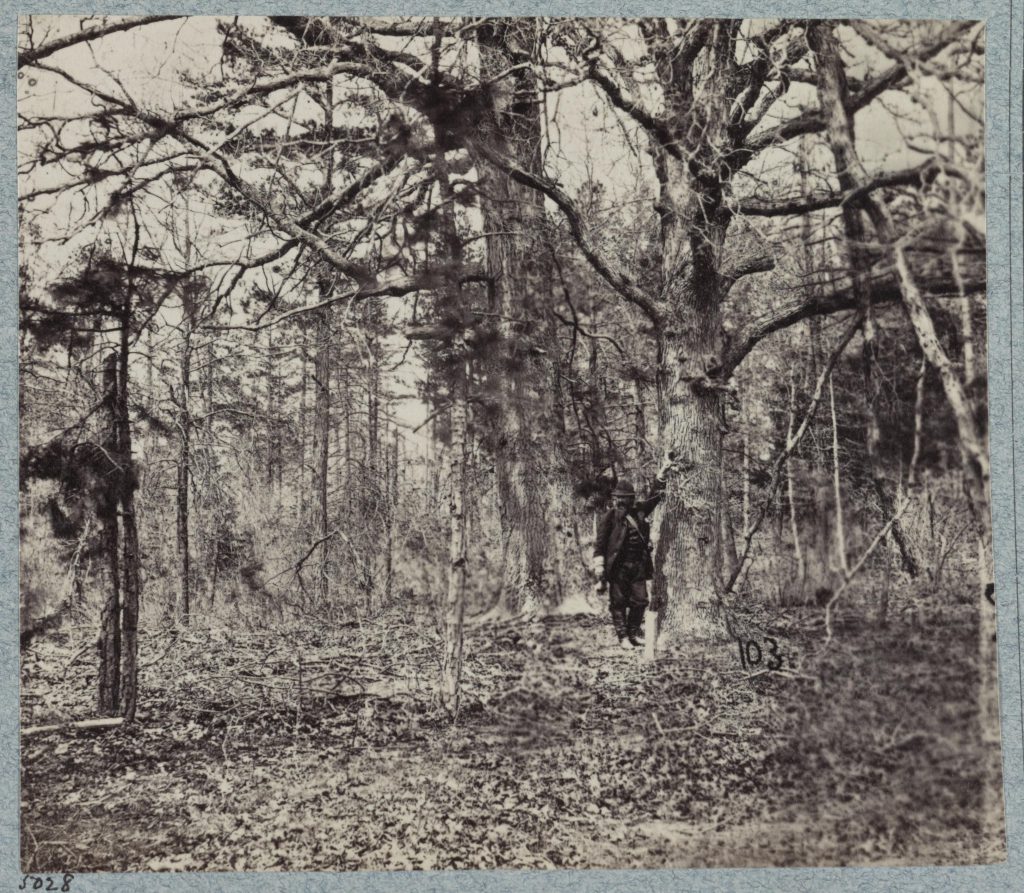
In May, 1864, Cornelius Van Houten and the 1st New Jersey Light Artillery embarked at what Cornelius felt was the hardest campaign of the war so far. Battery B fought at the battles of the Wilderness, Spotsylvania, and Spotsylvania Court House. The intense fighting left little time for letter writing, and so on May 16, 1864, Cornelius Van Houten wrote home to catch them up on the news.
“We have been fighting from the fourth [of May]. Our Battery has not been engaged all the time but the army has. We have been marched and countermarched and with little or nothing to eat so long that we are all played out. There has not been much fighting today so we can have a little rest and get some grub.
Our army has lost heavily in killed and wounded but we are victorious. Thank God we have a commander that knows how to use the johnnies up. I do not know whether the news is true or not but we have heard some very favorable news. There is no use of me telling you the news for you know better than I do. All I can tell you is myself and the boys thank God I am safe and sound yet. But God only knows how long I may be so. Only one of our boys is wounded. That is Peter Van Dyne [Vandine]. He was wounded in the arm on the 10th. They say he has gone to the Newark Hospital. You must look for him when you go down.
All the rest of us are well and ready to go wherever General Grant may want us. We are either going to erase the Rebels from Virginia or we are going to get whipped but I believe Grant will lose his whole army before he will let General Lee whip him. This is the hardest campaign we have ever been in and I hope it may be the last. We have fought hard enough already to have peace but the Rebels are a stubborn set of men. They will not give up till they are all killed or taken prisoners and I hope that may be pretty soon. After this summer, I don’t think there will be much left of the Army of the Potomac. We have had reinforcement to a good extent. I do not know how many. We have full confidence in our general for he is a praying man and God will prosper those who look to him for assistance.”
The Peter Vandine that was wounded at the battle was discharged on September 14, 1864. As the 1st New Jersey Light Artillery continued fighting in 1864 tension emerged between the men like Cornelius Van Houten who decided to reenlist and those that planned on mustering out at the expiration of their term. In a letter written from Petersburg on June 19, 1864, Cornelius Van Houten detailed the rift that had formed.
“We have had some very hard fighting since we started and some hard marches but nobody complains—only those who expect to go home soon. There is about sixty men left now of the old men who expect to go home and they are all the time complaining about everything. Most of them that did not reenlist have Copperhead fathers and they will swear and curse everybody and anything that has anything to do with the war. They are all them damning us that reenlisted. I had a quarrel with one of them last night. He and another one was blowing that this Battery would be a great thing after they went home as if they were the only good men in it. It made me fighting mad right away. And said there would be nothing but bounty jumpers and cowards left and the very same man I have known to run more than once, and he has to be forced up to the front now, and I have always been to the front. He backed down though or I would have soon seen who was the biggest coward. But he would not give me the chance. I would think of settling with those cowards at home but I don’t wish to do such dirty work. I want something more noble than to whip a coward. They are not worthy of the notice of an old soldier and this one will not notice them either as long as they stay away from me.”
By August, he had a kinder tone, though Cornelius Van Houten did not think the men departing would receive the welcome they were hoping for.
“ I hope we will not have any more fighting till the boys goes home. I should hate very much to see any of them get killed now when their time is so near out and after surviving three years faithfully. They are all making great preparations and it is laughable to hear them tell what they will do when they get home for I know just how much they will do. They will not realize half the pleasure they expect to for most of their old acquaintances will be either dead in the army or married. I know by experience all about it. They will find things so much changed that they will be either back in the army or in the Alms House before they are aware of it. I do not wish to see one of them back in this service for it is going beyond endurance.”
Cornelius Van Houten continued to serve with his regiment until the end of the war. In a letter written on April 19, 1865, he wrote about his happiness over the end of the war and his pride in being part of the Army of the Potomac.
“Yesterday we received an official dispatch of Johnson’s surrender on the same terms as Lee. Yes, I say your boys helped put it down an it is the proudest part of our lives. I have never been sorry that I came down here and now I would not part with the knowledge of what I have seen for the best farm in the country for it will be an honor to anyone to say they belonged to the Army of the Potomac.”
Cornelius Van Houten was discharged on June 16, 1865. He returned home to his wife and family in Pompton Plains and died on May 4, 1916.
To read more of Cornelius Van Houten’s letters and access thousands of other Civil War letters and documents, sign up for a Research Arsenal membership.
We’d like to give a special thanks to William Griffing of Spared & Shared for his work in transcribing and sharing these letters.
If you enjoyed this article, check out some of our other featured collections like Albert Jenkins Barnard of the 116th New York Infantry and Jacob Claar of the 138th Pennsylvania Infantry.

